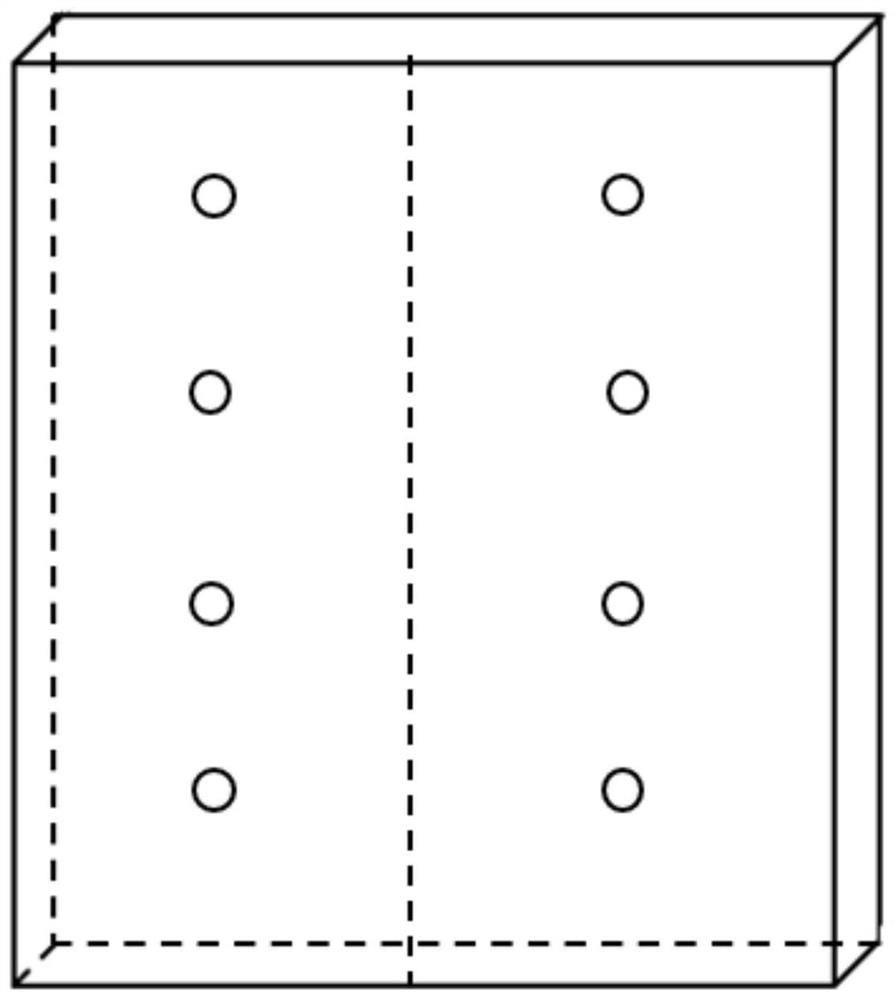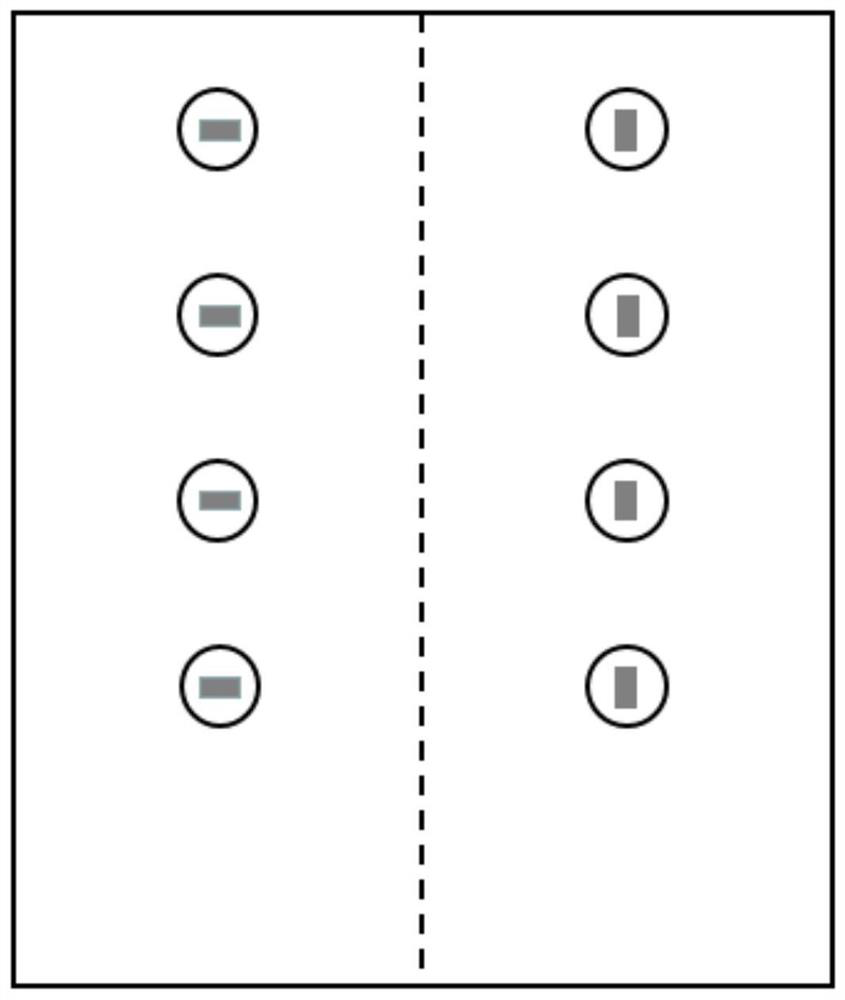Blind hole method based residual stress distribution measurement method for composite material plate
A composite material and residual stress technology, applied in force/torque/work measuring instruments, measuring devices, analysis materials, etc., can solve problems such as error, single measurement stress direction, and large stress gap, so as to improve scientificity and accuracy , flexible and accurate measurement, the effect of precise measurement
- Summary
- Abstract
- Description
- Claims
- Application Information
AI Technical Summary
Problems solved by technology
Method used
Image
Examples
Embodiment Construction
[0043] The specific embodiments of the present invention will be described in detail below in conjunction with the technical solutions and accompanying drawings.
[0044] figure 1 It is a flowchart of the measurement and calculation of the residual stress of the composite material plate; Figure 4 is a schematic diagram of the residual stress measurement of a composite sheet based on the step drilling method.
[0045] (1) determine the area to be measured and the direction of the composite material plate 1, figure 2 and image 3 A common test scheme is shown, and 8 drilling positions are determined. The longitudinal stress is measured on one side of the plate and the transverse stress is measured on the other side. In addition, the drilling position and the direction of the strain gauge can be determined by oneself according to the requirements.
[0046](2) Grind the first drilling position I in the area to be tested with fine sandpaper in a direction 45° from the strain g...
PUM
 Login to View More
Login to View More Abstract
Description
Claims
Application Information
 Login to View More
Login to View More - R&D
- Intellectual Property
- Life Sciences
- Materials
- Tech Scout
- Unparalleled Data Quality
- Higher Quality Content
- 60% Fewer Hallucinations
Browse by: Latest US Patents, China's latest patents, Technical Efficacy Thesaurus, Application Domain, Technology Topic, Popular Technical Reports.
© 2025 PatSnap. All rights reserved.Legal|Privacy policy|Modern Slavery Act Transparency Statement|Sitemap|About US| Contact US: help@patsnap.com



